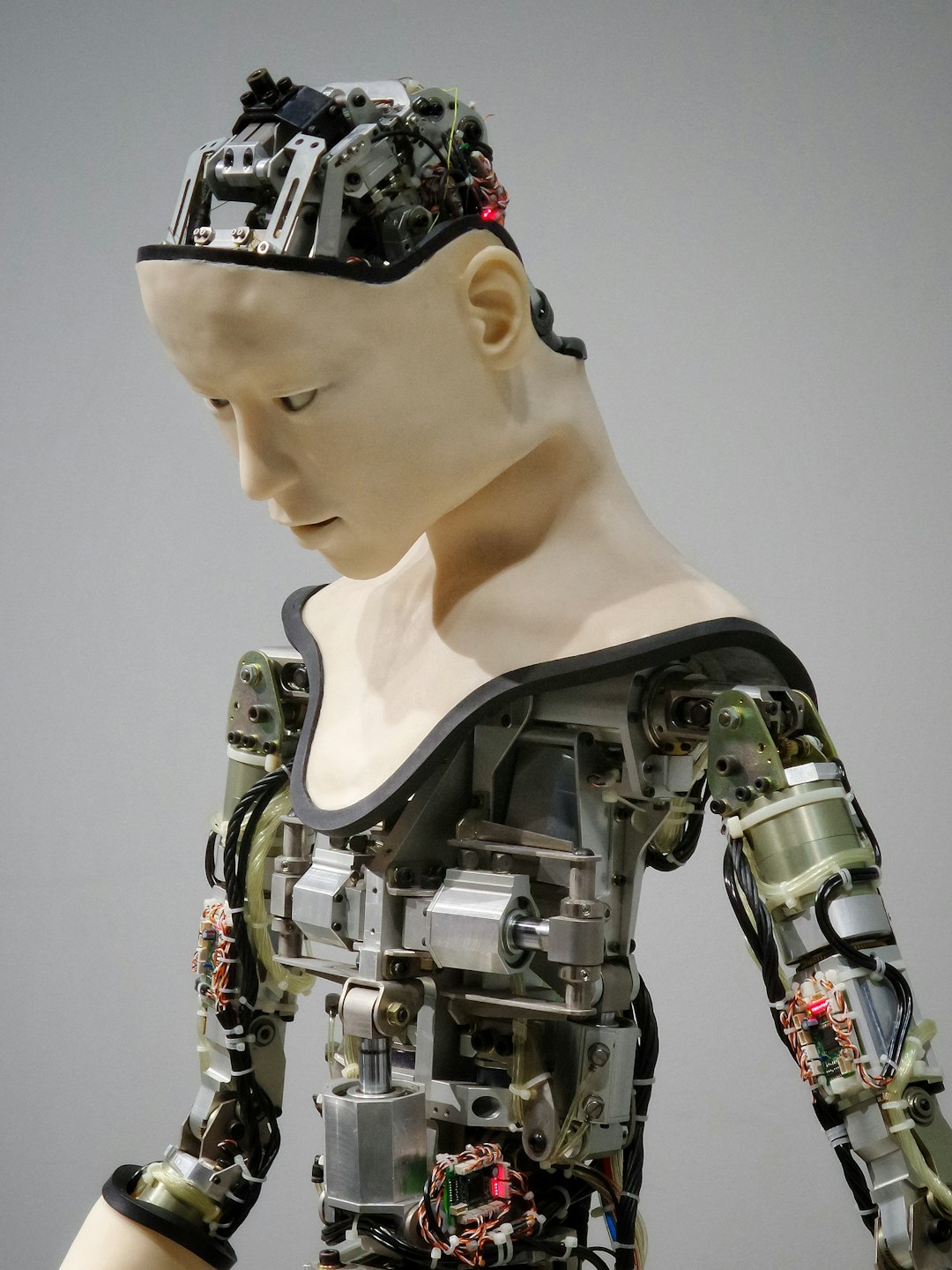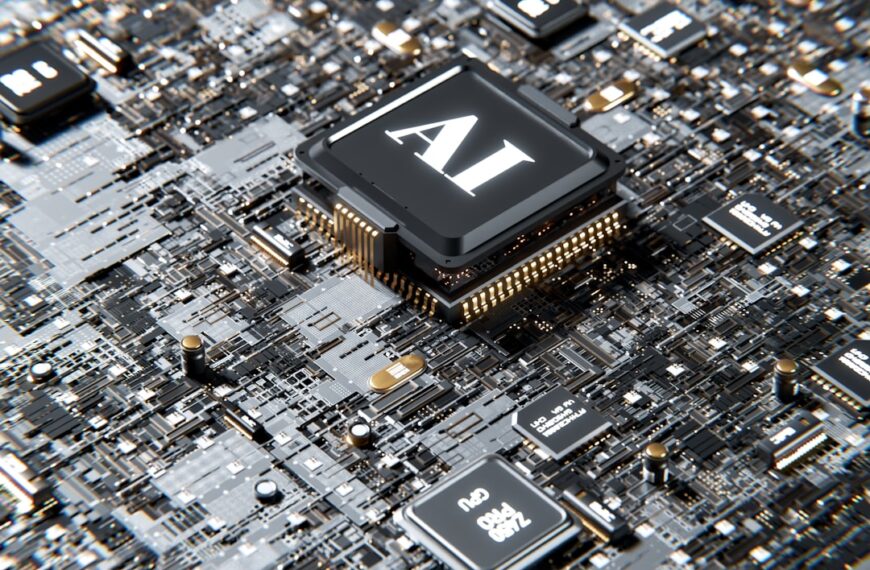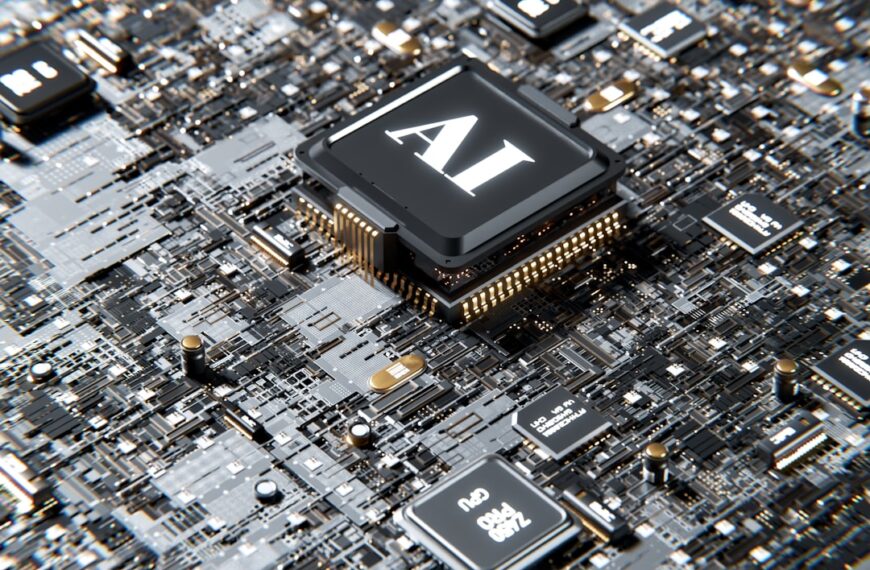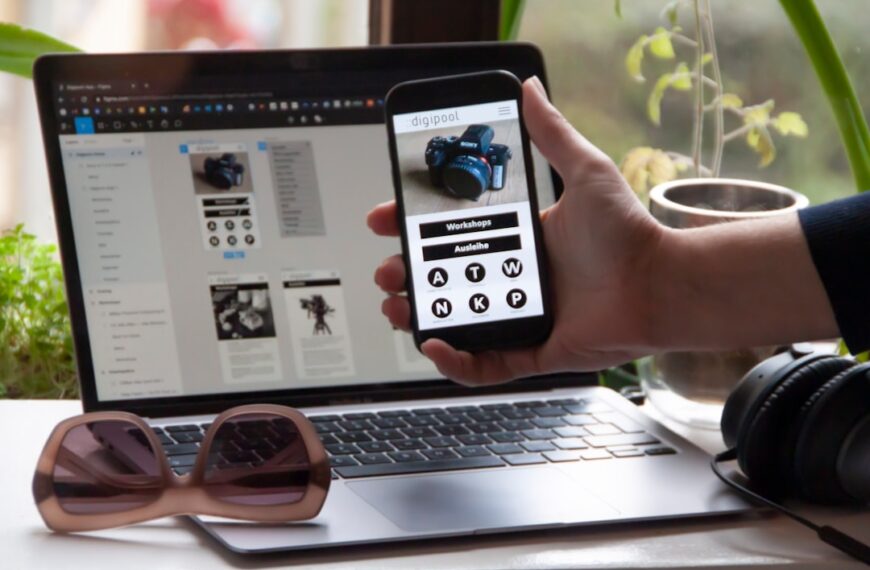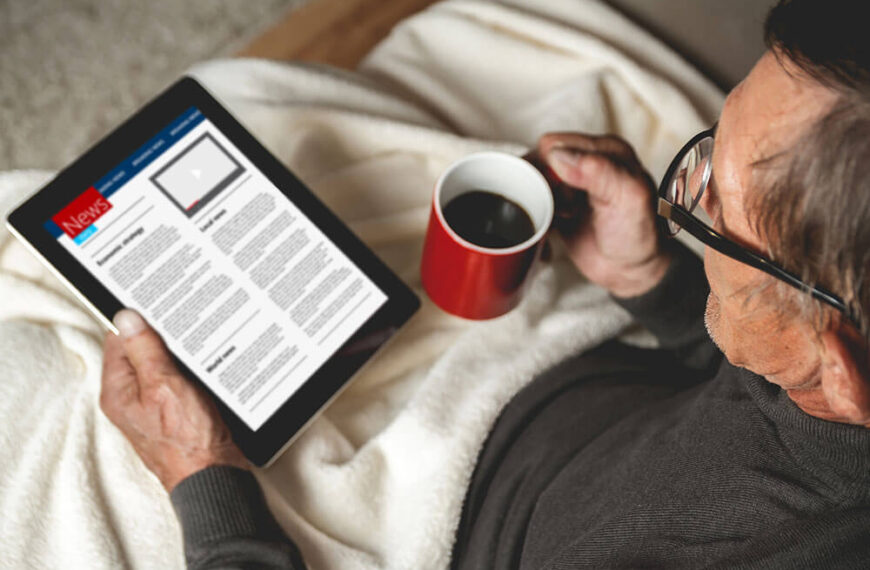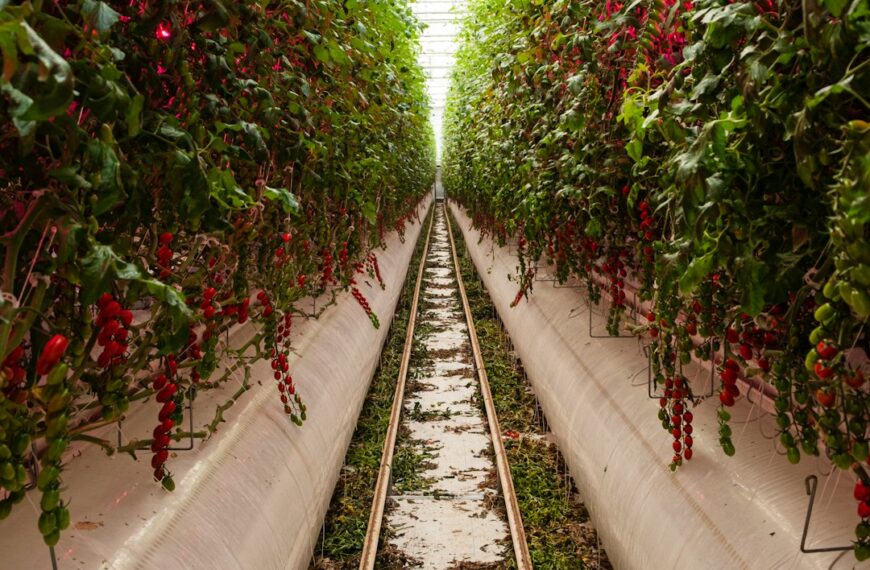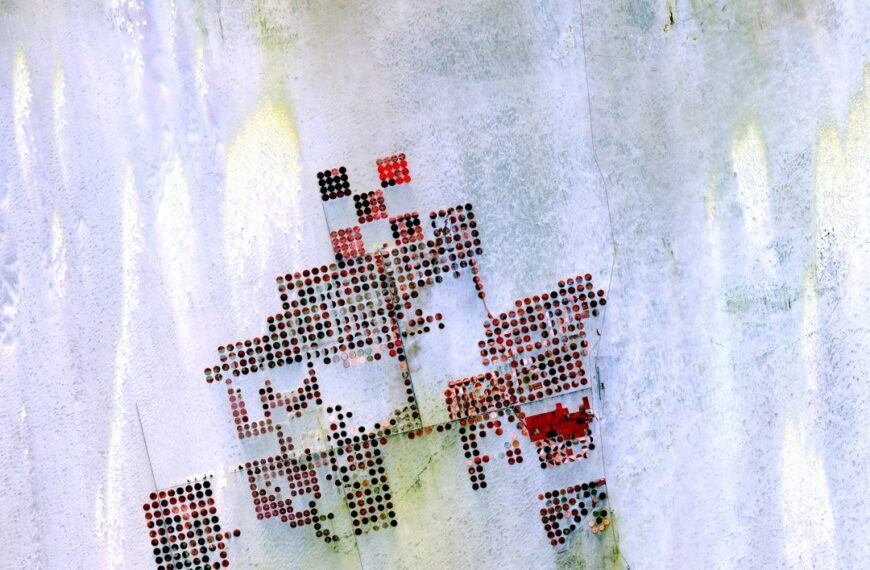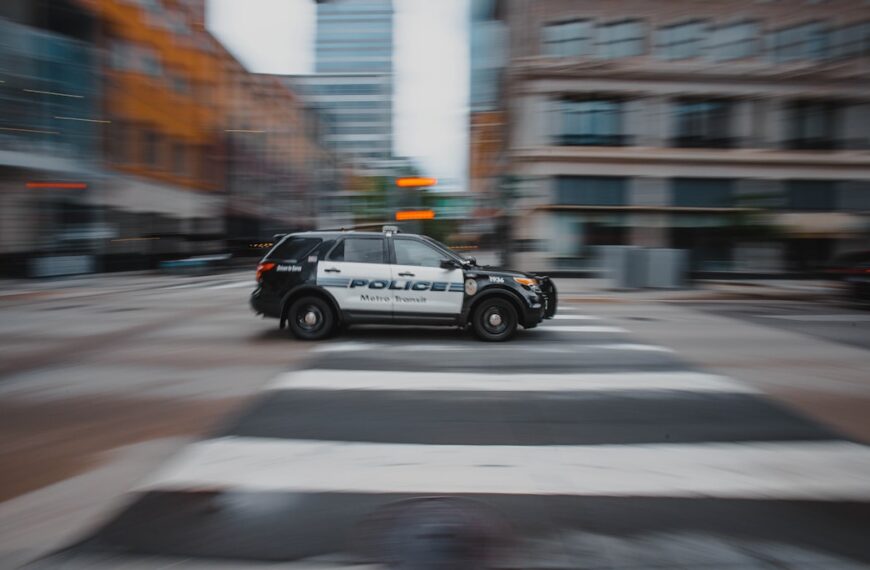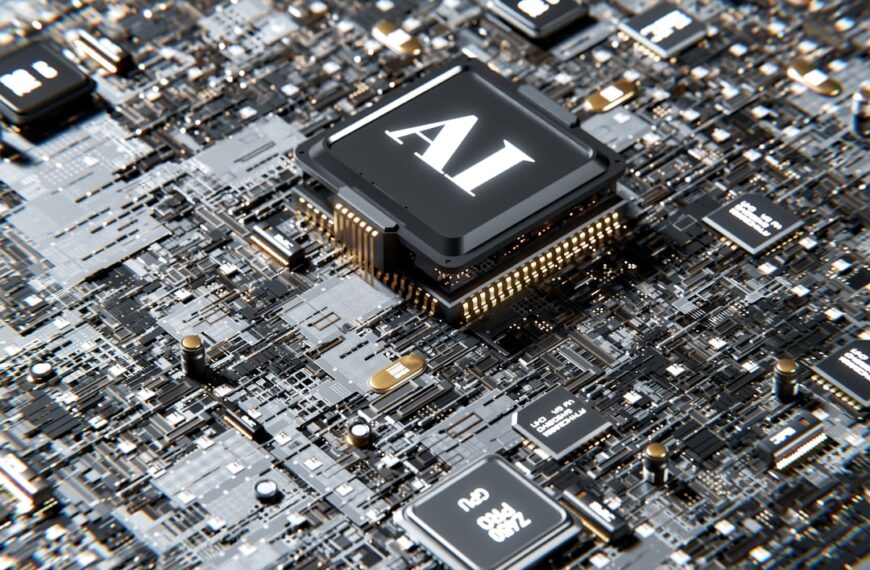For centuries, artistic expression has been the domain of the human mind, a crucible of emotion, experience, and imagination. But the rise of artificial intelligence is quietly revolutionizing the creative landscape, challenging our very definition of art and the artist. No longer a mere tool, AI is becoming a collaborator, a muse, even a creator in its own right.
This shift is driven by advancements in machine learning, particularly generative adversarial networks (GANs) and large language models (LLMs). These algorithms, trained on vast datasets of art, music, and literature, can now generate original works that mimic, and sometimes surpass, human creativity. Imagine an AI composing a symphony that evokes a specific emotional response, or painting a landscape that captures the subtle nuances of light and shadow with uncanny precision. This is no longer science fiction; it’s the rapidly evolving reality of the digital age.
However, the relationship between AI and art isn’t simply one of replacement. Instead, it’s fostering a dynamic interplay, pushing the boundaries of artistic expression in unexpected ways. Human artists are using AI tools as extensions of their creativity, leveraging algorithms to explore new styles, experiment with unconventional techniques, and overcome creative blocks. They’re using AI to generate initial sketches, compose musical scores, or even create entire virtual worlds to serve as canvases for their work. The process is collaborative, a dialogue between human ingenuity and algorithmic prowess.
This collaboration, however, raises important questions. What constitutes authorship when an AI contributes significantly to a creative work? Does the emotion and intentionality embedded in human art translate to AI-generated pieces? And what are the ethical implications of using AI to create art, particularly concerning copyright and the potential displacement of human artists? These are complex issues that require careful consideration as AI continues its integration into the creative world.
The rise of AI as a muse doesn’t diminish the role of human artists; rather, it transforms it. It empowers artists with new tools and techniques, challenges them to redefine their practice, and opens up entirely new avenues for creative exploration. It’s a thrilling and challenging time for art, a time of unprecedented innovation and disruption. As AI continues to evolve, we can expect even more unexpected and profound changes to the way we create, experience, and understand art. The future of art is not just human; it’s a collaborative partnership between human ingenuity and artificial intelligence, a partnership that promises to be as exciting as it is unpredictable.
